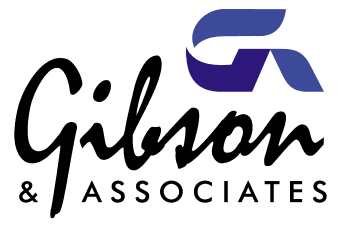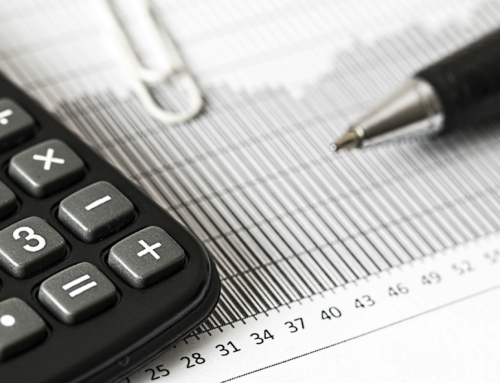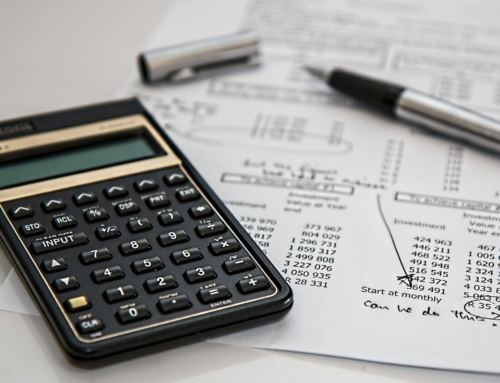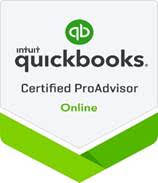“How much do I have to sell for my business to survive?”How much do I have to sell to pay my loans off? How much do I have to sell to stay in business? What happens if I change my sales from item A to item B? What if I charge more for item A?
As a managerial accountant I’ve heard this question asked in several different variations…it’s a common question, even if the phrasing is a bit different.
How can I increase my income? How can I stay in business? Or, if I want to earn $XX,000 every year, how many do I have to sell? Or why do I keep working just to pay my employees? (And yes…we might want to do that temporarily, but it’s definitely not a long-term strategy).
I’m going to walk you through a simple example…with upside down math that might help you understand how break-even point might work in your business.
Let’s say our sales every year are $100,000, and the hard costs to create or acquire those items that we’re selling are $50,000; that leaves us $50,000 to pay our overhead or operating expenses. Overhead/operating expenses are those costs that we have to have regardless of whether we have any sales; for instance, rent, insurance, utilities, office supplies, licenses, advertising, repairs, maintenance and others.
So…if we estimate that those expenses are about $35,000, then we have $15,000 left over – which is the profit for our time, energy and risk. If we pay ourselves the $15,000, then that’s it…nothing left–it’s a break-even, and there’s nothing left for re-investment or savings.
What we’d really like to see, is if we can shave off some of our hard costs from the items we sell, for instance, instead of 50%, they only cost us 45%, or $45,000, so then we have $55,000 left over.
And, then, also let’s say that we can shave our operating expenses down to $30,000 which gives us $25,000 and we’ll pay ourselves $20,000 and leave $5,000 in savings to re-invest in business. This is how we play with upside down math, and figure out how many we have to sell to stay in business or take more money home with us!
And, better yet…would be the situation where we can increase our sales to $120,000; direct costs are $60,000 (50%); our operating and overhead expenses are $30-35,000; and we’ve given ourselves a raise AND been able to put more back into our business so that we can expand! I’ll show you an easy and inexpensive way to know your true business numbers, so you can make smarter, more strategic business decisions every day–with upside down math!








